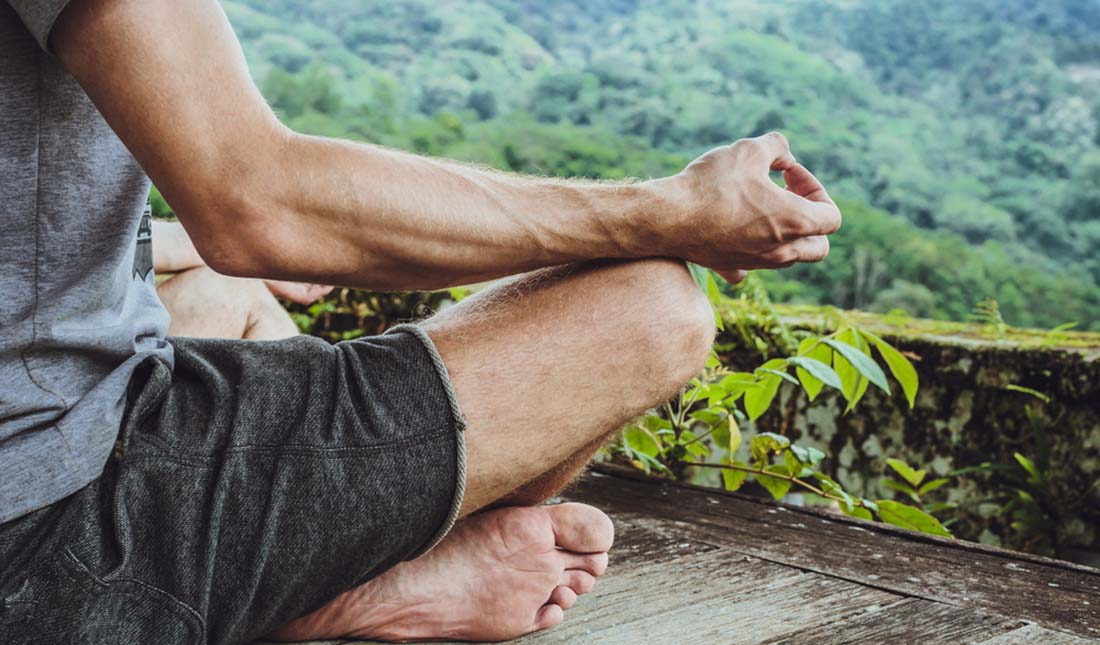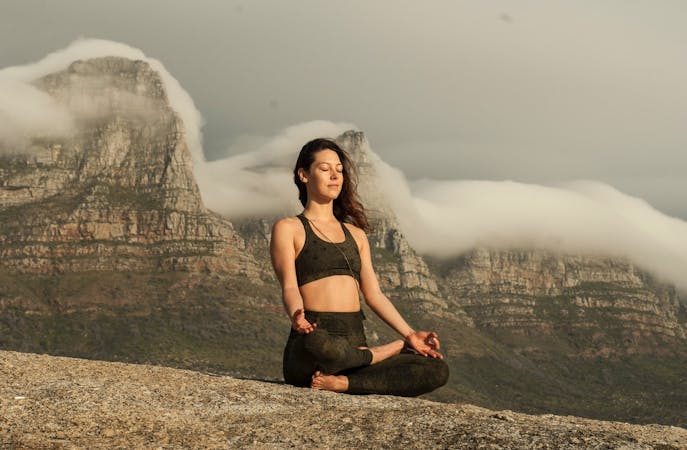Change Your Frame Of Mind with Easy Steps on How to Meditate?
Change Your Frame Of Mind with Easy Steps on How to Meditate?
Blog Article
How to Meditate: A Step-by-Step Strategy to Achieving Mindfulness and Tranquility
Meditation offers as a powerful device for accomplishing mindfulness and psychological tranquility in a fast-paced world. By recognizing the essential principles and strategies entailed in reflection, individuals can grow a method that enhances their overall well-being.
Recognizing Meditation
Comprehending reflection entails realizing its essential principles and methods, which function as the foundation for the practice. At its core, reflection is a mental workout targeted at advertising relaxation, constructing interior energy, and creating empathy and understanding. The practice encourages people to focus their focus, usually through strategies such as deep breathing, visualization, or concept repetition.
Reflection can be categorized right into numerous styles, consisting of mindfulness, transcendental, and loving-kindness meditation, each with distinctive purposes and approaches. Mindfulness meditation highlights present-moment recognition and non-judgmental monitoring of ideas and sensations, while transcendental reflection entails the use of specific concepts to transcend common mind. Loving-kindness meditation concentrates on creating a mindset of love and concern towards oneself and others.
No matter of the technique utilized, the primary goal continues to be consistent: to cultivate a deeper understanding of the mind and its patterns. This self-awareness fosters psychological durability, quality of idea, and a profound feeling of calmness (How to meditate?). By understanding these principles and techniques, individuals lay the foundation for an effective reflection method that can dramatically improve their total wellness
Preparing for Your Technique
Prior to starting your meditation technique, it is important to produce an environment favorable to focus and relaxation. Guarantee that the location is totally free and tidy of mess, as a tidy setting can help clear the mind.
Take into consideration the lighting, as natural light can improve your mood and power. Soft, warm lights is typically more calming than extreme fluorescent lights. Additionally, pick a comfortable temperature level, ensuring that you are neither too warm nor too chilly.
Incorporating elements that advertise serenity can better enhance your experience. This might include soft cushions or blankets for convenience, as well as soothing scents from necessary oils or scent. It can additionally be beneficial to have a timer set for your reflection session to avoid disturbances from clock-watching.
Standard Meditation Techniques

An additional reliable strategy is body scan meditation. This entails psychologically scanning your body from head to toe, noticing any type of locations of stress or discomfort and click to read more knowingly loosening up those muscle mass. This method promotes a deeper connection between your body and mind.
:max_bytes(150000):strip_icc()/GettyImages-938890492-becc3fc4757849bea672f148454943f9.jpg)
Finally, loving-kindness reflection concentrates on cultivating concern in the direction of on your own and others. Silently repeat phrases of a good reputation, boosting psychological well-being and interconnectedness. Each of these techniques acts as a foundation for your reflection trip, enabling you to find the approach that resonates ideal with your individual practice.
Maintaining Emphasis and Mindfulness

Establishing a committed meditation area can improve the ability to maintain mindfulness. A silent, uncluttered atmosphere lessens distractions, enabling for deeper immersion in the method. Additionally, establishing a time limit can assist take care of expectations; beginning with much shorter sessions may ease the transition right into longer techniques.
Using methods such as body scanning or observing feelings can additionally reinforce mindfulness. These approaches motivate experts to remain present and engaged with their physicality, anchoring their focus in the minute. Routine technique is essential; the brain constructs resilience in time, creating a more powerful capacity for emphasis.
Incorporating Meditation Into Life
Incorporating reflection into day-to-day live can transform regular tasks into chances for mindfulness and self-reflection. my sources By incorporating mindfulness methods into usual jobs, individuals can grow a higher feeling of presence and tranquility amidst the busyness of this day-to-day life.
Begin by determining moments throughout your day where you can practice and stop mindfulness. Also ordinary tasks like strolling or cleaning dishes can come to be possibilities for meditation by directing your interest to the experiences of motion and the audios bordering you.
In addition, alloting committed times for meditation can strengthen its method. Start with brief sessions, slowly increasing duration as you end up being more comfy. Use suggestions or cues-- like a certain time of day or a calming audio-- to establish uniformity.
Eventually, the goal is to weave mindfulness right into the fabric of life, allowing you to come close to each moment with intention, consequently enhancing your general sense of well-being and clarity.
Conclusion
In verdict, efficient reflection requires a peaceful setting, a comfortable setting, and a focus on the breath. By allowing ideas to emerge without judgment and consistently rerouting attention to the breath, professionals can accomplish improved mindfulness and tranquility. Integrating different methods, such as body scanning and loving-kindness phrases, can even more enrich the method. Normal meditation, even in short sessions, promotes a deeper connection to today minute, inevitably leading to better tranquility and mental quality in life.
Reflection can be categorized right into various styles, including mindfulness, transcendental, and loving-kindness reflection, each with unique purposes and techniques. Mindfulness meditation stresses present-moment recognition and non-judgmental observation of sensations and ideas, while copyright involves the use of particular concepts to transcend average thought processes.With your reflection area prepared, it's time to explore various fundamental reflection methods that can assist cultivate mindfulness and internal peace.Constantly preserving focus and mindfulness throughout reflection can be challenging, particularly for those new to the practice.Establishing a specialized reflection area can improve the capacity to preserve mindfulness.
Report this page